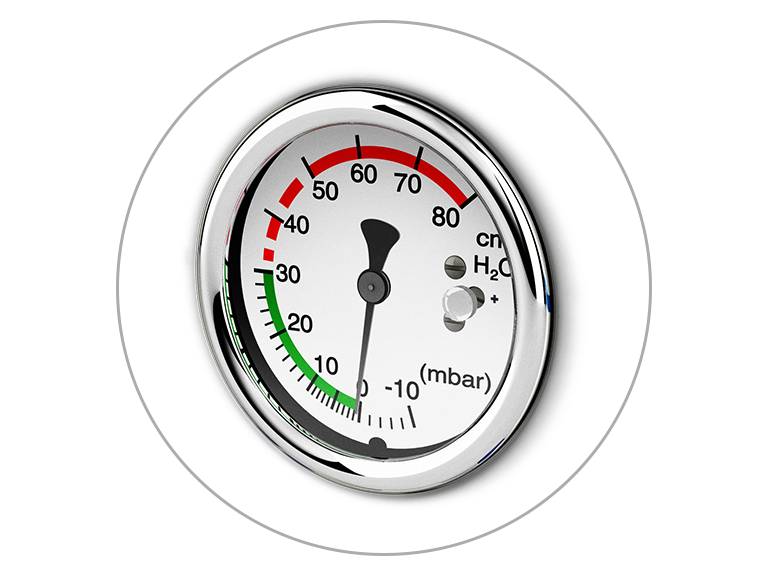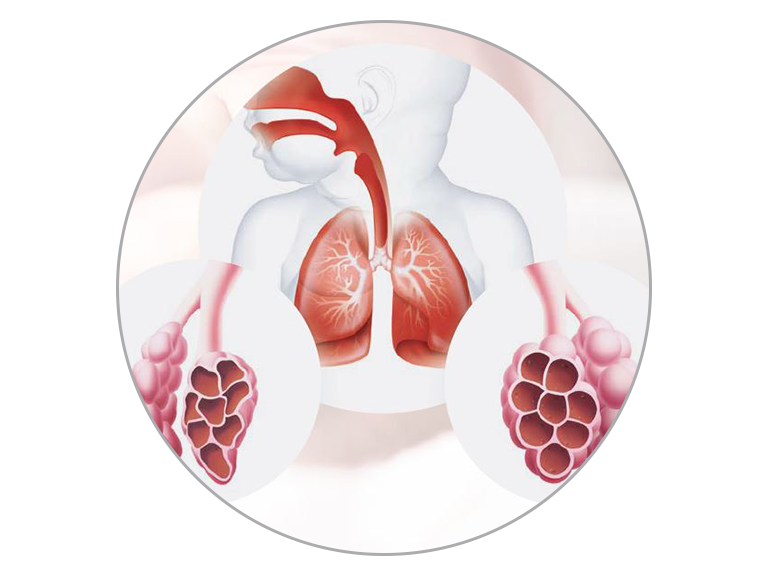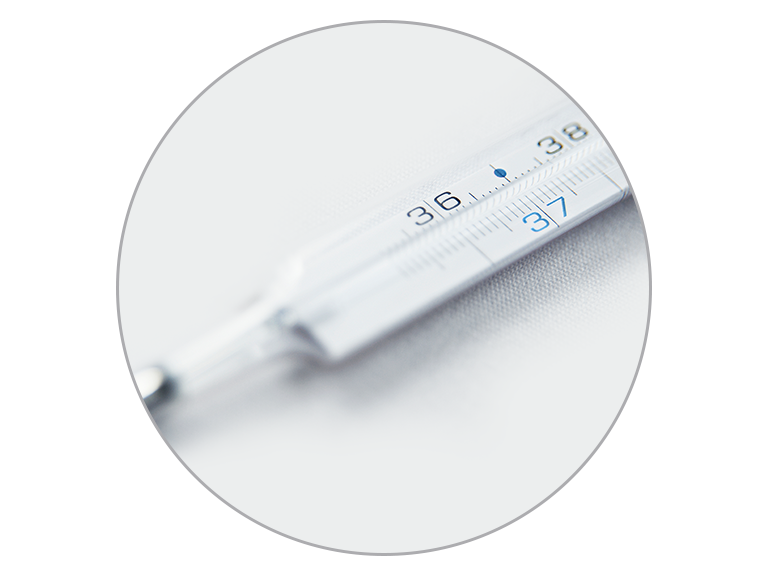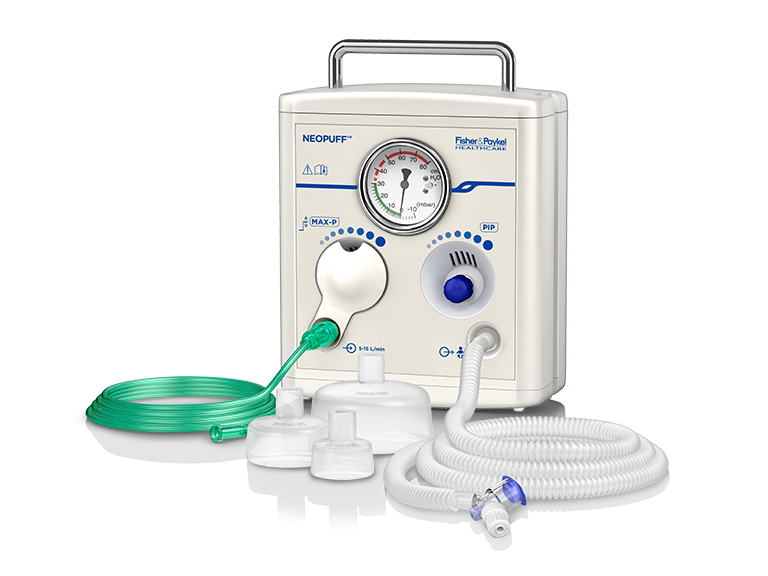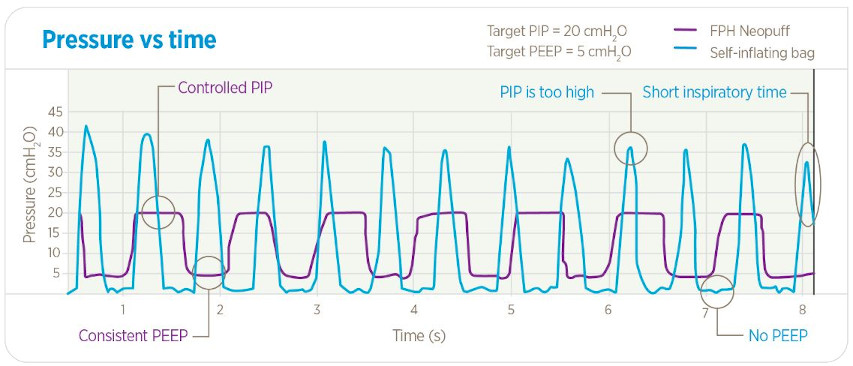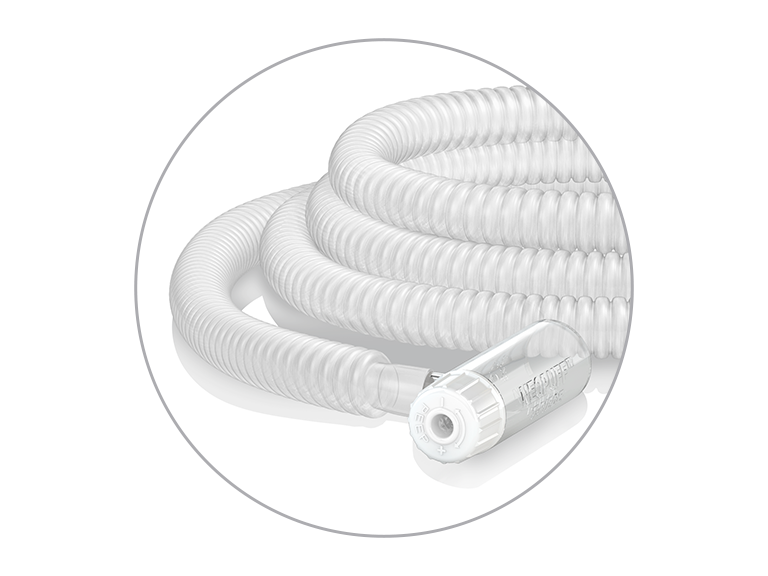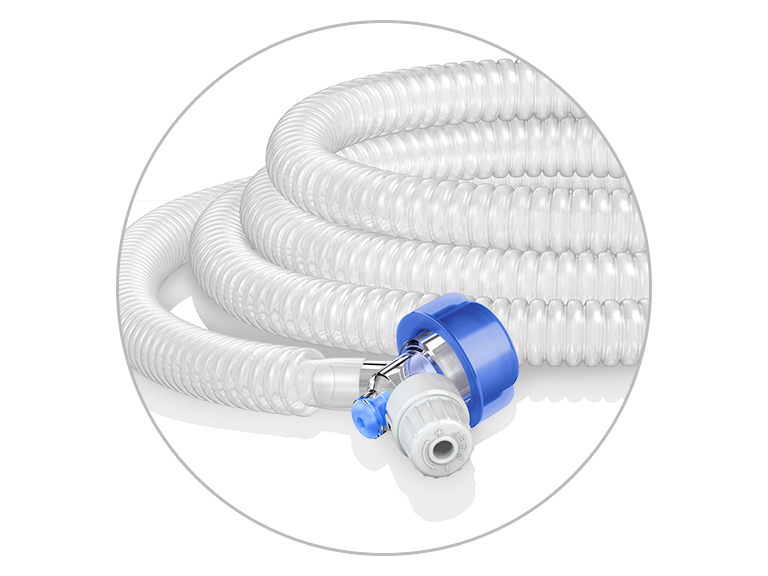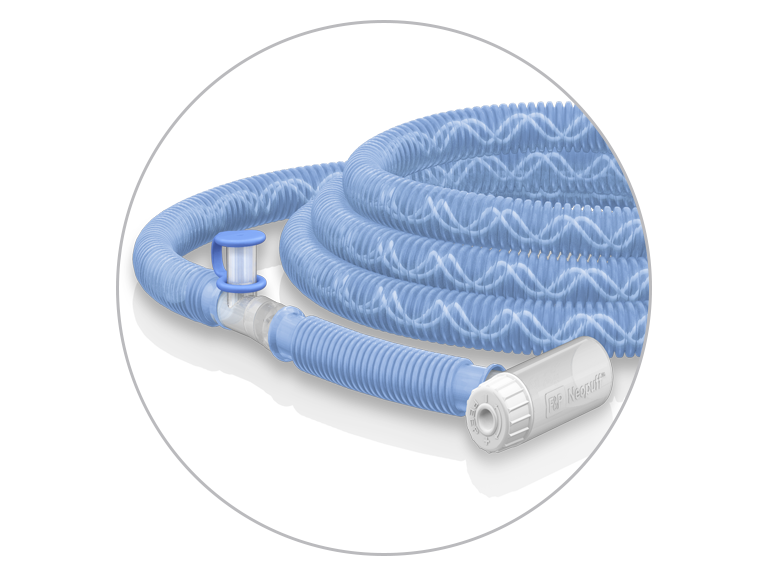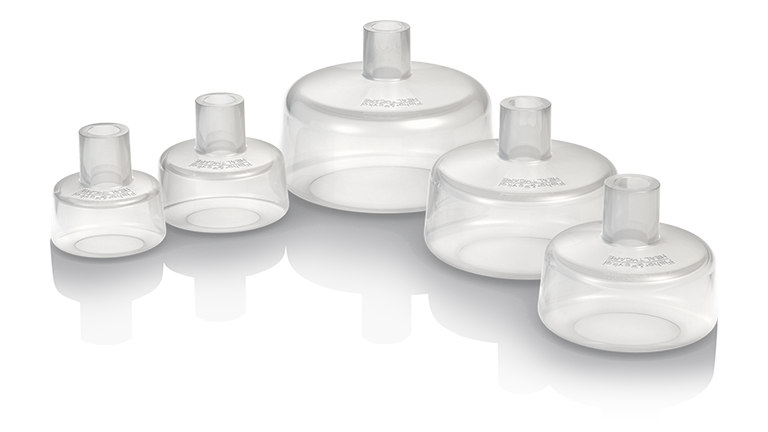T-PIECE RESUSCITATION
While most babies born at term manage the transition without significant medical intervention, approximately 10% may require assistance to begin breathing at birth and less than 1% require advanced neonatal resuscitation interventions.1-4
T-piece resuscitators are typically gas-powered and capable of delivering a preset, consistent, and controlled peak inspiratory pressure (PIP) and positive end-expiratory pressure (PEEP). Some international resuscitation guidelines, such as the ANZCOR guideline, recommend primary use of T-piece resuscitators, based on consensus opinion.5
How does T-piece resuscitation work?
T-piece resuscitation delivers consistent and controlled PIP and PEEP, helping to protect the lungs from injury and also establish and maintain functional residual capacity (FRC). FRC is the volume of air that remains in the lungs following a typical expiratory phase. This volume is important for keeping the lungs open post-exhalation and for ensuring adequate pulmonary gas exchange.6
Heated and humidified T-piece resuscitation is a method of delivering warm, humidified gas to an infant during resuscitation at birth. Its use, when compared to resuscitation with cold and dry gas, is associated with a higher rate of normothermia (rectal temperature between 36.5°C – 37.5°C) on admission to the neonatal intensive care unit (NICU).7-9
1. Ersdal, H. L., Mduma, E., Svensen, E., & Perlman, J. M. Early initiation of basic resuscitation interventions including face mask ventilation may reduce birth asphyxia-related mortality in low-income countries. Resuscitation 83, 869–873 (2012).
Key mechanisms and benefits of T-piece resuscitation include the following
Helps protect the lungs from injury
Establishes and maintains functional residual capacity (FRC)
Heated and humidified T-piece resuscitation promotes normothermia
T-piece resuscitators have been designed to provide consistent and controlled set PIP during resuscitation.
T-piece resuscitators deliver consistent and controlled PEEP. Research suggests that adequate levels of PEEP may help to establish and maintain FRC during the transition at birth.
Heated and humidified T-piece resuscitation can increase the rate of admission normothermia when compared to the use of cold and dry gas.
International neonatal resuscitation guidelines recommend the use of a T-piece resuscitator3-5
Compared to self-inflating and flow-inflating bags, T-piece resuscitators like the Neopuff deliver a more controlled and consistent peak inspiratory pressure (PIP) and positive end-expiratory pressure (PEEP),6,7 which helps to protect the newborn’s lungs.
Reference:
1. Roehr, C. C. et al. Manual ventilation devices in neonatal resuscitation: tidal volume and positive pressure-provision. Resuscitation 81, 202–205.
2. Roehr, C. C., Kelm, M., Proquitté, H., & Schmalisch, G. Equipment and operator training denote manual ventilation performance in neonatal resuscitation. Am. J. Perinatol. 27, 753–758 (2010).
3. Liley, H. G., Mildenhall, L., Morley, P. on behalf of the Australian and New Zealand Committee on Resuscitation. Neonatal Resuscitation guidelines 2016. J. Paediatr. Child Health 53, 621–627 (2017).
4. American Academy of Pediatrics. Resuscitation Program 7th edn. (2019).
5. Wyckoff, M. H. et al. Part 13: Neonatal Resuscitation. Circulation 132, S543–S560 (2015).
6. Bennett, S., Finer, N. N., Rich, W., & Vaucher, Y. A comparison of three neonatal resuscitation devices. Resuscitation 67, 113–118 (2005).
7. Hussey, S. G., Ryan, C. A., & Murphy, B. P. Comparison of three manual ventilation devices using an intubated mannequin. Arch. Dis. Child. Fetal Neonatal Ed. 89, F490–F493 (2004).
Pressure measurements obtained from a resuscitation simulator while a self-inflating bag and a F&P Neopuff were used by a qualified resuscitator.
All of these circuits can be connected to a mask or endotracheal tube, and they all have positive end-expiratory pressure (PEEP) valves for adjusting pressure.
Classic
Ergonomic
Humidified
T-piece circuit product features
The classic T-piece circuit has a standard T-piece to connect to a mask or endotracheal tube, along with a PEEP valve to adjust pressure.
In addition to the features of the classic T-piece circuit, the ergonomic T-piece circuit includes a duckbill port for suctioning and delivering surfactant during resuscitation. The T-piece also has a blue protective cover that can be used to set and check pressures. The angled orientation of the PEEP valve has been designed to allow operators to use a more ergonomic hand position.
With spiral heater-wire throughout the circuit tubing, Fisher & Paykel Healthcare’s heated and humidified T-piece circuit is designed to deliver warm, humidified gas using the Fisher & Paykel Healthcare MR850 humidifier and the MR290 chamber. Resuscitation with heated and humidified gas is associated with a higher rate of normothermia (rectal temperature between 36.5°C and 37.5 °C) on admission to the neonatal intensive care unit (NICU).1
1. Meyer, M. P., Owen, L. S., & te Pas, A. B. Use of heated humidified gases for early stabilization of preterm infants: a meta-analysis. Front. Pediatr. 6, 319 (2018).
Resuscitation mask product features
The resuscitation mask range by Fisher & Paykel Healthcare includes masks of 35mm and 42 mm diameter, which are amongst the smallest masks currently available on the market.
Research shows that 35-millimeter-diameter masks are most suitable for infants younger than 29 weeks’ gestational age, while masks with a 42-millimeter diameter are recommended for infants between 27 and 33 weeks’ gestational age.3
Fisher & Paykel Healthcare’s resuscitation masks can be used with a self-inflating bag, a flow-inflating bag or a T-piece circuit. The masks are designed to be soft and pliable, with a transparent surface that allows breath condensate to be observed.


